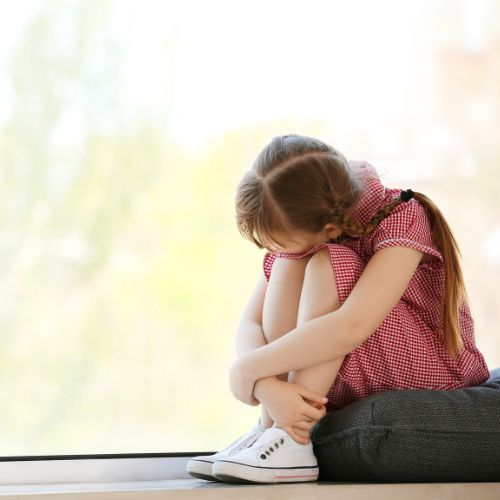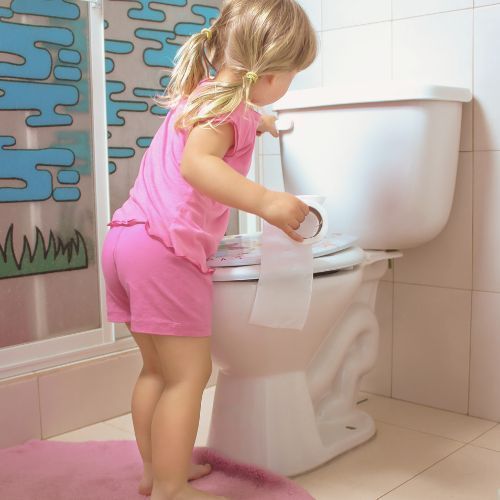
It is quite common for young children to wet themselves and feel upset and embarrassed about it, but if you feel your child is struggling beyond toilet training age, please seek some help. For those with sensory concerns, different strategies are applied.
Why do children wet during the day?
1 in 5 young children experience bladder problems
10% of children still experience bed wetting at 6yo
Daytime wetting is uncommon past the age of 4 as most children will have gained good control of their bladder by this age, however, some will still wet their pants occasionally.
Signs and symptoms?
- My child is unable to hold their wee for longer than an hour
- My child cannot feel the urge to wee, or does not recognise the feeling
- My child is constipated but they are now wetting their pants also?
- My child is toilet trained but still, frequently wets their pants
Common causes of daytime wetting?
Most wetting occurs because the bladder is not working normally. Common problems are:
- Overactive bladder – the bladder has problems storing urine (wee). The child has urgency (bursting) and may leak urine on the way to the toilet. They may also go to the toilet more than eight times a day.
- Constipation is often the leading cause of bladder problems, daytime and nigh time wetting
- Physical problems are rare. However, a paediatrician should assess any child identified as having a physical or neurological cause for their incontinence.
- Overfilling - your child may get distracted and constantly ignors the messages to go until accidents occur
How you can help your child?
- Praise and encourage your child when they are dry and make it to the toilet in time
- Remember, wetting is NOT caused by attention-seeking, naughtiness or laziness
- Timed voids - regular sitting on the toilet can help reduce the number of accidents
- Get your child assessed to find out why they are daytime, nightime wetting or soiling
If your child still experiences daytime wetting accidents past the age of 4 or you have been unsuccessful with toilet training for their bladder we can help
How we can help?
Physiotherapy help with daytime wetting?
Our physiotherapists can help you and your child with daytime wetting by performing an assessment and suggesting some individualised treatment options that may be suitable including:
- Check if any bowel concerns are contributing to the daytime bladder wetting
- Using our real-time Ultrasound we check your child's bowel and bladder
- Helping parents with easy toilet tips and tricks to make toileting less of a barrier for your child
- Introducing regular sitting to help prevent accidents
- Check there are no barriers to their bladder or bowel opening properly when they sit on the toilet
- Daytime wetting alarm to assist in learning to recognise the signs of needing to wee
- Timed sits on the toilet to start training the bladder to empty at will and to lessen accidents if overfilling due to distraction
Related Blogs


More Information
Find out more information










